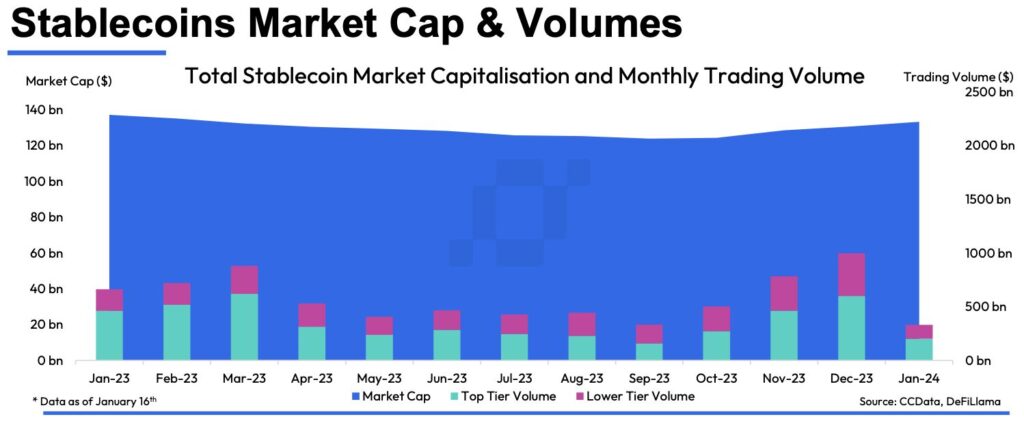Bully Tee Blog
Your go-to source for everything related to bullies and tee culture.
Play-to-Earn Meets Price Stability: The Future of Gaming Economics
Discover how play-to-earn models are shaping stable gaming economies. Dive into the future of gaming and secure your profits today!
Exploring the Intersection of Play-to-Earn Mechanics and Stable Currency Models
The world of gaming is rapidly evolving, with play-to-earn mechanics emerging as a revolutionary model that rewards players for their time and effort. This model not only enhances user engagement but also introduces new economic opportunities in the gaming space. In this context, players earn in-game currency or other digital assets that hold real-world value. As gaming developers explore ways to optimize these earnings, the integration of stable currency models becomes increasingly relevant. By utilizing stablecoins—cryptocurrencies designed to minimize price volatility—developers can provide a consistent and reliable way for players to convert their in-game earnings into real money, reinforcing the appeal of the play-to-earn ecosystem.
Furthermore, the marriage of play-to-earn mechanics and stable currency models creates a structured and predictable environment for both players and developers. By ensuring that the in-game assets players accumulate have a stable value, developers can foster a healthier economy within the game, preventing hyperinflation and market crashes often seen in traditional gaming currencies. This innovation could potentially attract a wider audience, including those who may have previously been skeptical of cryptocurrency. As we delve deeper into these synergistic relationships, it becomes clear that balancing economic incentives and user experience is crucial for building sustainable gaming ecosystems that thrive in the competitive landscape of the digital age.

Counter-Strike is a highly competitive first-person shooter that has captured the hearts of gamers worldwide. Players engage in team-based gameplay, where skill, strategy, and teamwork are crucial for victory. For those looking to enhance their gaming experience, using a betpanda promo code can provide great benefits. The game features various modes, including bomb defusal and hostage rescue, making it continually engaging and challenging.
How Play-to-Earn Games Can Achieve Price Stability and Build Sustainable Economies
Play-to-earn games represent a revolutionary shift in the gaming industry, allowing players to generate income through their in-game activities. However, achieving price stability within these virtual economies is a challenge that many developers face. One effective strategy is implementing tokenomics that incentivize holding over selling. By creating mechanisms like staking rewards or tiered benefits for long-term participants, developers can encourage players to retain their assets, reducing market volatility. Additionally, integrating mechanisms for scarcity, such as limited edition items or burnout features, can help stabilize prices by controlling supply.
Building a sustainable economy in play-to-earn games requires a multifaceted approach. Strong community engagement is key; developers can cultivate loyal player bases by engaging them in decision-making processes through governance tokens. Furthermore, diversifying income streams through in-game advertisements, merchandise, and sponsorships can reduce reliance on high player turnover for income. As these games evolve, understanding player demographics and adapting economic policies to balance supply and demand will become crucial. In conclusion, through strategic tokenomics and community involvement, play-to-earn games can not only achieve price stability but also foster vibrant, long-lasting economies.
What Are the Challenges and Opportunities in Balancing Play-to-Earn and Price Stability?
The Play-to-Earn model has revolutionized the gaming industry by allowing players to earn real-world value through their gaming activities. However, this innovation comes with its own set of challenges. One of the primary challenges is maintaining price stability in the virtual economy. As more players join and engage with the game, the influx of in-game currencies can lead to inflation, diminishing the value of earned rewards. Developers must implement mechanisms to ensure that the economy remains balanced, which may include limiting the supply of rewards or adjusting the in-game market dynamics. Failure to address these issues can lead to a decline in player interest and a volatile market that discourages long-term investments in both gameplay and in-game assets.
On the flip side, the transition to a Play-to-Earn structure presents significant opportunities for both developers and players. For developers, creating a robust economic system can enhance player engagement and retention, as players are more likely to invest time in a game where their efforts are financially rewarded. Meanwhile, players find themselves in a unique position to earn passive income, opening new avenues for financial independence and community growth. To harness these opportunities while ensuring price stability, developers can introduce features such as player-driven economies, scarcity of in-game assets, and periodic content updates that keep the environment dynamic and rewarding. Balancing these elements effectively can lead to a sustainable ecosystem that benefits both the creators and the players.